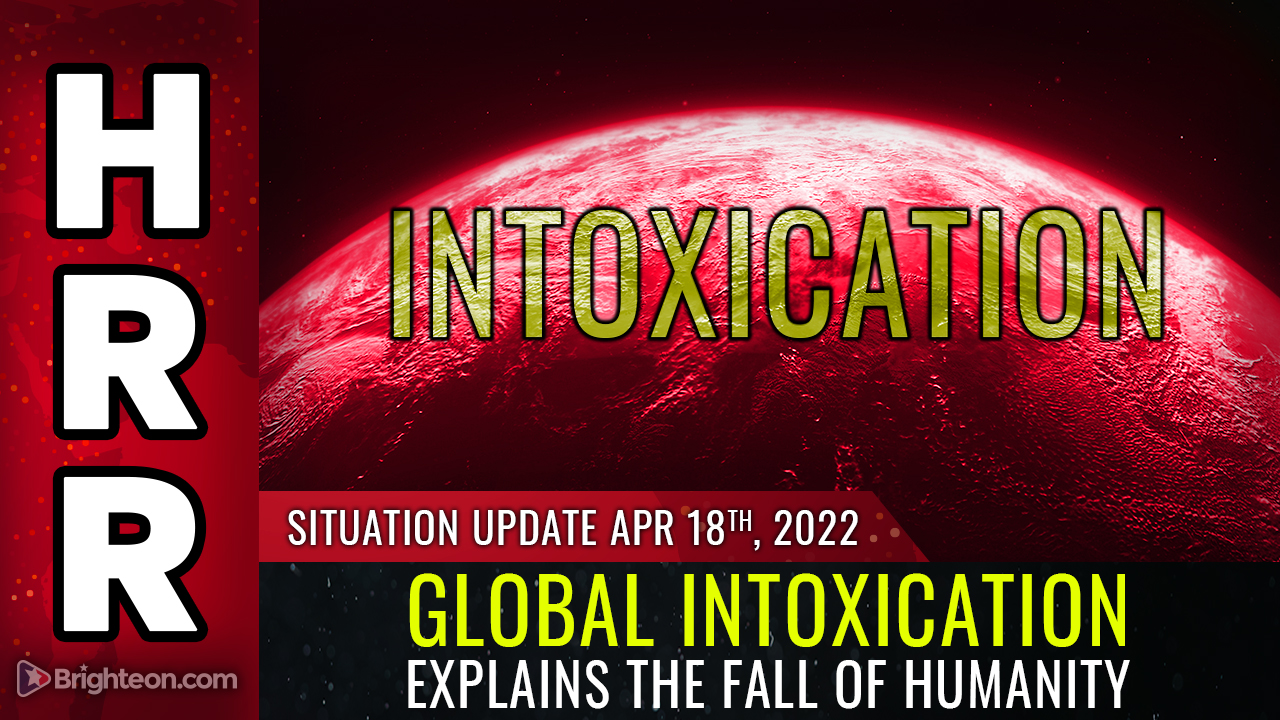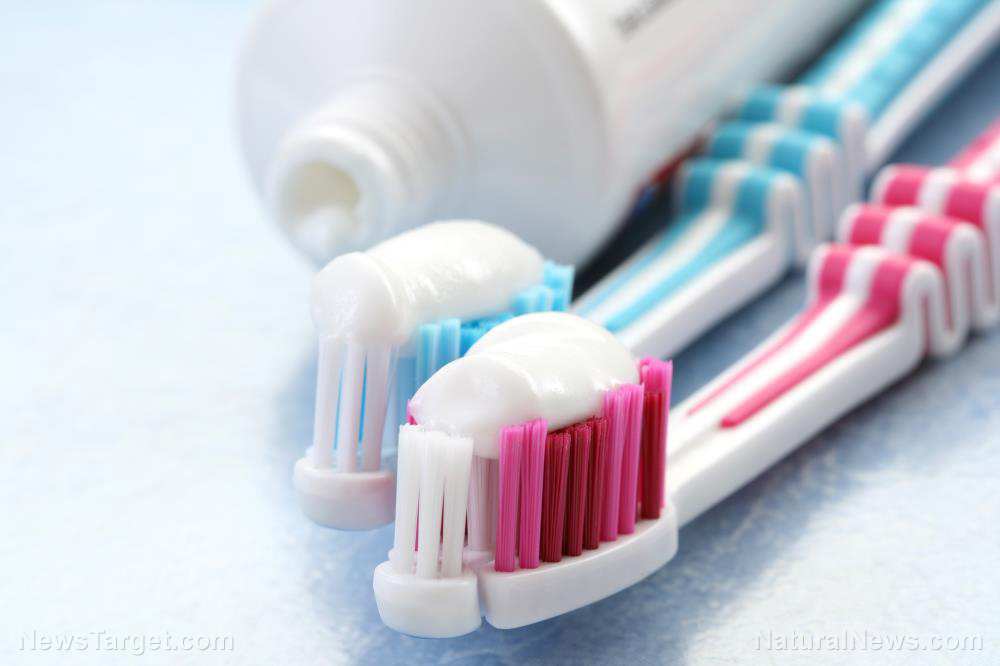The gift that keeps on killing: Toxins from plastics have “long-lasting effects,” warn researchers
08/28/2019 / By Tracey Watson

Plastics are so pervasive in our society and environment that it is almost impossible to imagine life without them. From the bottles our babies drink their formula from, to the containers our kids take their lunches to school in, plastic is literally everywhere.
The thing about plastic is that besides causing a devastating level of environmental pollution, studies have revealed that it leaches dangerous, cancer-causing and fertility-disrupting chemicals. This is bad news for humans, because plastic is often used to store foods and is commonly present in the epoxy resins used to coat canned goods.
Plastic that is not recycled generally ends up dumped somewhere, resulting in eight million tons of it ending up in our oceans each year. And, although plastic does not decompose, wave action and ultraviolet radiation cause it to break down into tiny pieces known as microplastics. These tiny particles are often consumed by the fish we eat, eventually ending up in our digestive systems, which explains why scientists have discovered microplastics in human poop.
Now, studies have found that the dangerous effects of the chemicals in plastics do not affect just those who are exposed but can linger and have “long-lasting effects” on at least three generations of their offspring. (Related: CONFIRMED: Microplastics now being found in our poop … What does that mean for us?)
What’s the big deal about plastic exposure?
As explained by the Global Research Centre (GRC), about two decades ago, scientists at Washington State University (WSU) accidentally discovered the harmful effects of bisphenol A (BPA) – a chemical used in the manufacture of plastics – when mice in their laboratory started experiencing fertility issues and egg abnormalities. Further investigation led the researchers to discover that BPA was leaching from the cages the mice were kept in, impacting negatively on their health and fertility.
Multiple subsequent studies confirmed that these dangerous effects were not limited to mice, but affected the health and fertility of multiple species, including fish, monkeys and humans.
As soon as the toxic effects of BPA were recognized, chemical companies were quick to develop replacement bisphenols, which they claimed would not cause the same problems. However, researchers at the laboratory at WSU recently noticed once again that something was wrong with their research mice.
The GRC reports:
This time the mice were housed in cages comprised of replacement bisphenols, largely believed to be safer than BPA. The researchers subsequently performed controlled studies with several of the replacement bisphenols including BPS, a widely used replacement.
Results demonstrated that the new bisphenols behaved similarly to BPA, causing health problems including detrimental effects on fertility in both males and females, reported in Cell Biology in September 2018. (Related: Your coffee maker might be making you sick, thanks to BPA.)
Three generations of victims
As noted at the outset, the devastating effects of exposure to the chemicals commonly found in plastics can linger for up to three generations.
When scientists exposed pregnant mice to levels of bisphenol A equivalent to those considered safe in humans, three generations of female mouse offspring experienced significant reproductive problems, including declines in fertility, sexual maturity and pregnancy success, the scientists report in the journal Toxicology and Applied Pharmacology.
And, since studies have found that the bisphenols which have replaced BPA have similar effects, it is logical to assume that these, too, would have long-lasting, damaging consequences.
Clearly, exposure to plastic and its harmful chemicals should be avoided at all costs to protect both ourselves and the generations to follow. Learn more about the devastating effects of plastic pollution at Environ.news.
Sources for this article include:
Submit a correction >>
Tagged Under:
bisphenol A, bisphenols, Endocrine disruptors, environment, Fertility, fertility issues, food safety, genetics, men's health, ocean health, Plastic, toxic ingredients, women's health
This article may contain statements that reflect the opinion of the author
RECENT NEWS & ARTICLES
COPYRIGHT © 2017 TOXINS NEWS



















